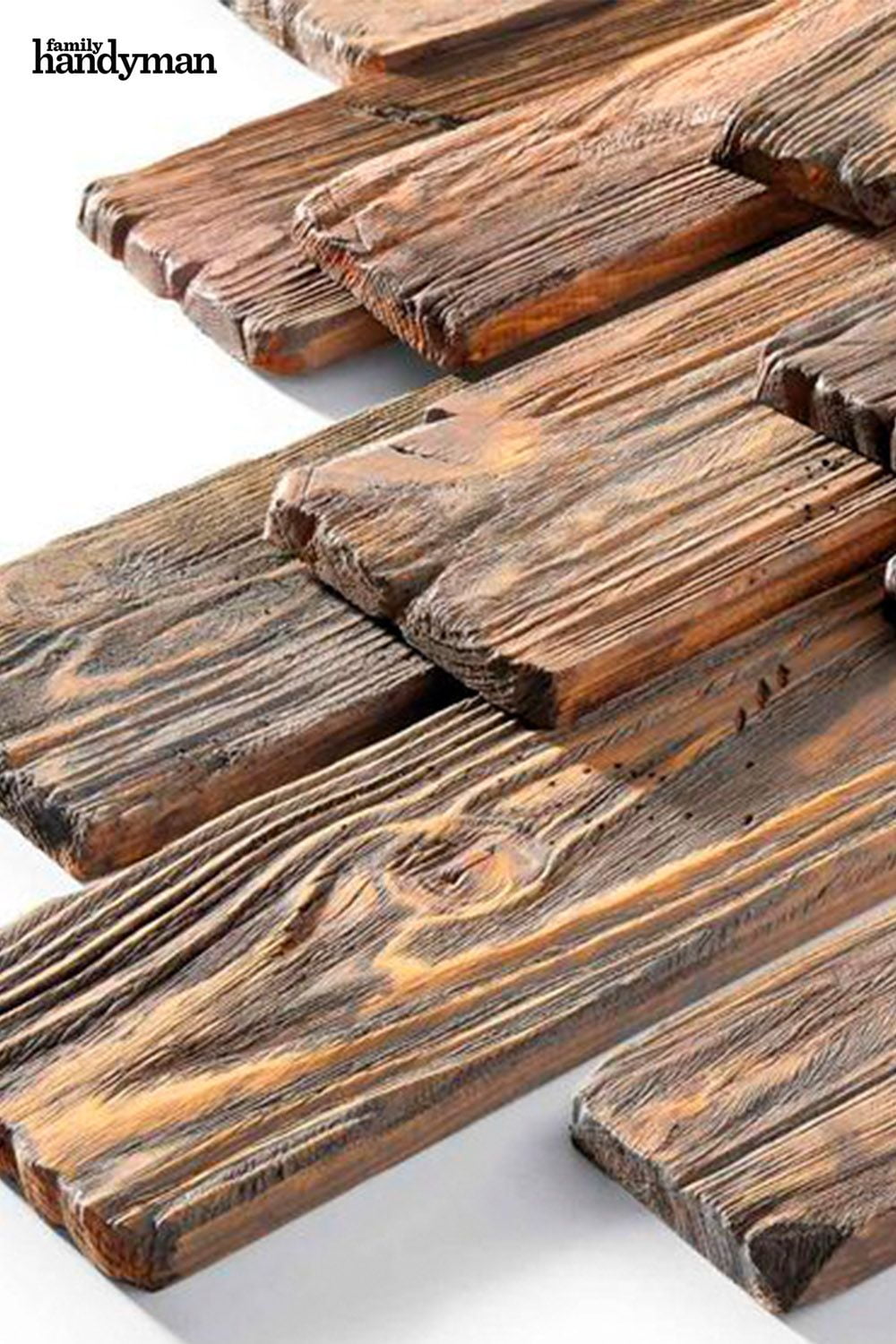What kind of woodworking bit for big holes? When it comes to creating large holes in wood, using the right woodworking bit is crucial to achieving clean and precise results.
Whether you’re working on furniture, cabinetry, or other woodworking projects, choosing the appropriate woodworking bit can make a significant difference in the outcome of your work. In this article, we will explore the different types of woodworking bits available for drilling big holes, as well as the factors to consider when selecting the right one for your project.
When it comes to drilling big holes in wood, there are several types of woodworking bits that can get the job done. From spade bits and hole saws to Forstner bits and auger bits, each type has its own unique advantages and applications. Understanding the characteristics of each type of bit is essential for achieving the desired results in your woodworking projects.
In addition to exploring the different types of woodworking bits for big holes, we will also discuss important factors to consider when choosing the right bit. These include the material you are working with, the size and depth of the hole needed, as well as the level of precision required for your project. By understanding these considerations, you can make an informed decision when selecting a woodworking bit for drilling big holes.
Types of Woodworking Bits for Big Holes
When it comes to drilling big holes in wood, using the right woodworking bit is essential for achieving clean and precise results. There are several types of woodworking bits designed specifically for big holes, each with its own unique features and advantages. Understanding the characteristics of different woodworking bits can help you choose the best tool for your specific project.
Spade Bits
Spade bits are a popular choice for drilling large holes in wood. These bits have a flat, spade-shaped blade with a center point that helps to guide the bit as it cuts through the wood. Spade bits are known for their speed and efficiency, making them ideal for rough drilling tasks such as creating large holes for plumbing pipes or electrical wiring.
Hole Saws
Hole saws consist of a circular blade with small teeth around the edge, attached to a drill bit at the center. These specialized bits are commonly used for cutting large-diameter holes in wood, plastic, and other materials. Hole saws are available in a wide range of sizes and can be used in conjunction with an arbor or mandrel to securely hold the saw in place during drilling.
Forstner Bits
Forstner bits are well-suited for drilling clean, flat-bottomed holes with smooth sides. These bits feature a cylindrical design with a sharp rim and a center point, allowing for precise and accurate hole drilling. Forstner bits are commonly used in fine woodworking projects that require high levels of precision and attention to detail.
Auger Bits
Auger bits are designed to quickly remove material from deep within the wood while minimizing splintering and tear-out. These bits have a spiral shape with cutting edges along the sides, allowing them to efficiently remove wood chips as they penetrate deeper into the material. Auger bits are often used for creating deep holes in construction projects or timber framing.
Understanding the characteristics and uses of different types of woodworking bits can help you make an informed decision when selecting the right tool for drilling big holes in wood.
Factors to Consider When Choosing the Right Woodworking Bit for Big Holes
Woodworking bits come in a variety of types, each suitable for different tasks and materials. When it comes to big holes, choosing the right woodworking bit is crucial for achieving a clean and precise finish. There are several factors to consider when selecting the right woodworking bit for big holes: material, hole size, depth, and precision.
The type of material you are working with will have a significant impact on the type of woodworking bit you should use. For example, when working with wood, spade bits are often used for their versatility and affordability. However, when working with denser materials like metal or plastic, a hole saw might be more suitable due to its ability to cut through these materials with ease.
Another important factor to consider is the size and depth of the hole you need to create. Larger diameter holes will require larger bits such as Forstner or auger bits. The depth of the hole will also impact your choice of woodworking bit – for shallower holes, a spade bit might suffice, while deeper holes may require an auger or Forstner bit.
Precision is key when it comes to woodworking, especially when drilling big holes. If you need a clean and smooth finish without splintering or tear out, then investing in high-quality woodworking bits is crucial. Cheaper or dull bits can result in splintering and rough edges on your workpiece. Therefore, it’s important to carefully consider all these factors before choosing the right woodworking bit for big holes.
| Factor | Considerations |
|---|---|
| Material | Wood – Spade Bits; Metal/Plastic – Hole Saws |
| Hole Size & Depth | Larger Holes – Forstner/Auger Bits; Shallow/Deep Holes – Spade Bit/Auger Bit |
| Precision | Investing in High-Quality Woodworking Bits |
How to Choose the Right Size Woodworking Bit for Big Holes
When it comes to woodworking, choosing the right size woodworking bit for big holes is crucial to achieving precision and accuracy in your projects. There are several steps you can follow to ensure you select the appropriate bit size for the job at hand.
Firstly, it’s essential to measure the size of the hole you need to drill accurately. Use a tape measure or ruler to determine the diameter of the hole. Once you have this measurement, mark the center of the hole on the wood using a pencil or marking tool. This will serve as a guide for drilling and help ensure that your hole is centered and accurately placed.
Next, when selecting the appropriate bit size, consider the thickness of the material you are drilling into. For thinner materials, a spade bit or hole saw may be suitable, while for thicker materials, a Forstner bit or auger bit may be more effective. Be sure to choose a woodworking bit that matches the diameter of your marked hole for optimal results.
Lastly, always remember that precision is key when working with big holes in woodworking projects. It’s better to start with a smaller drill bit and gradually increase the size until you reach your desired diameter. This approach will help prevent splintering and ensure clean and accurate results.
To summarize:
- Measure and mark the center of your hole
- Consider material thickness when selecting a bit type
- Gradually increase drill bit size for precision
By following these steps, you can confidently select the right size woodworking bit for big holes in your projects.
Tips for Drilling Big Holes With Woodworking Bits
When it comes to drilling big holes with woodworking bits, it is essential to use the proper technique, secure the workpiece effectively, and avoid tear out to ensure a clean and precise result. The type of woodworking bit for big holes will depend on the specific project and the material being used. Spade bits, hole saws, Forstner bits, and auger bits are common options for drilling large holes in wood, each with its advantages and considerations.
One crucial factor to consider when drilling big holes with woodworking bits is the material of the workpiece. Different materials may require different types of bits to achieve the best results. For example, Forstner bits are ideal for drilling large diameter holes in wood as they produce clean and precise results. On the other hand, hole saws are suitable for cutting larger diameter holes in wood, plastic, soft metals, drywall, and more.
To ensure the success of your project when drilling big holes with woodworking bits, it is important to measure and mark the desired hole size accurately before selecting the appropriate bit. This will help you avoid any errors or inaccuracies that could affect the final outcome. Additionally, using clamps or securing mechanisms to hold the workpiece firmly in place during drilling can prevent slippage or shifting that may lead to tear out or imprecise holes.
| Bit Type | Material | Best Used For |
|---|---|---|
| Spade Bit | Wood | Rough boreholes |
| Hole Saw | Wood, Plastic, Soft Metals | Larger diameter holes |
| Forstner Bit | Wood | Clean and precise results for larger diameter holes |
Taking these factors into consideration when drilling big holes with woodworking bits will not only improve your precision and efficiency but also contribute to achieving high-quality results in your woodworking projects.
Best Practices for Maintaining and Sharpening Woodworking Bits for Big Holes
Cleaning Your Woodworking Bits
To ensure the longevity and performance of your woodworking bits for big holes, it is essential to keep them clean. After each use, remove any wood shavings, dust, and debris from the bit using a brush or compressed air. For stubborn build-up, a simple mixture of warm water and mild soap can be used to gently scrub the bits. Be sure to thoroughly dry the bits before storing them to prevent rust and corrosion.
Sharpening Your Woodworking Bits
Over time, woodworking bits for big holes will inevitably dull with use. To maintain their cutting efficiency, regular sharpening is necessary. One option is to use a specialized bit sharpener designed specifically for woodworking bits. Alternatively, sharpening stones or diamond files can be used to carefully hone the cutting edges of the bits. It is important to follow the manufacturer’s recommendations for sharpening angles and techniques to avoid compromising the integrity of the bits.
Proper Storage of Your Woodworking Bits
After cleaning and sharpening your woodworking bits for big holes, proper storage is crucial in order to protect them from damage and extend their lifespan. Consider investing in a dedicated organizer or case designed for drill bits to keep them organized and easily accessible. Store the bits in a dry area away from moisture and extreme temperatures. Additionally, using protective caps on the cutting edges can help prevent accidental nicks or dings during storage.
By following these best practices for maintaining and sharpening your woodworking bits for big holes, you can ensure that they remain in optimal condition for future use. Taking the time to properly care for your woodworking bits will ultimately result in cleaner cuts and more precise drilling, leading to professional-quality results in your woodworking projects.
Recommended Projects for Using Woodworking Bits for Big Holes
Woodworking bits for big holes are essential when it comes to creating furniture, cabinetry, and woodworking crafts. These projects often require the use of larger holes for things like dowels, hinges, and other joinery methods. Using the right woodworking bit for big holes is crucial in achieving precise and clean results.
When working on furniture projects such as creating custom tables or chairs, using a woodworking bit for big holes allows for seamless and secure joinery. This can include creating large dowel holes for legs or arms to be attached to the main structure. Additionally, cabinetry projects often involve the installation of hinges and handles which require precise holes that can only be achieved with the right woodworking bit.
For woodworking crafts, especially those involving intricate designs and details, using woodworking bits for big holes is important for both aesthetic and functional purposes. Whether it’s crafting decorative wooden panels or assembling different parts together, having the appropriate tools to create big holes is essential.
- Tables
- Chairs
- Cabinets
- Decorative wooden panels
- Custom Woodworking Crafts
Conclusion
In conclusion, it cannot be overstated how vital it is to invest in high-quality woodworking bits for big holes. The right woodworking bit can make a significant difference in the outcome of a project, impacting the precision, smoothness, and overall quality of the finished product. Whether it’s for furniture making, cabinetry, or other woodworking crafts, using the correct type and size of woodworking bit is essential.
When considering what kind of woodworking bit for big holes to use, it is crucial to factor in the material being worked with, the size and depth of the hole needed, and the level of precision required. Different types of bits – such as spade bits, hole saws, Forstner bits, or auger bits – offer various advantages depending on these factors. And choosing the right size woodworking bit involves careful measuring and marking to ensure that the end result meets expectations.
Ultimately, by following proper drilling techniques, securing the workpiece effectively, and avoiding tear out during drilling, woodworkers can achieve clean and professional-looking big holes. Additionally, maintaining and sharpening woodworking bits regularly is key to prolonging their lifespan and ensuring optimal performance. By adhering to these best practices and investing in high-quality woodworking bits for big holes, woodworkers can take their projects to new levels of precision and craftsmanship.
Frequently Asked Questions
What Is the Best Bit for Drilling Large Holes in Wood?
The best bit for drilling large holes in wood is a spade bit. This type of bit has a flat, broad blade with a sharp point that allows it to quickly and cleanly cut through the wood. Spade bits come in various sizes, making them suitable for drilling holes of different diameters.
What Tool Is Used to Make Big Holes in Wood?
To make big holes in wood, a tool called a hole saw is often used. This tool consists of a circular saw blade with serrated edges, mounted on a drill, and is capable of creating large-diameter holes in wood with relative ease.
What Type of Bit Is Used to Bore Large Holes in Wood?
When it comes to boring large holes in wood, an auger bit is the most commonly used type of bit. Auger bits have a screw-like design that helps pull the bit through the wood while simultaneously removing chips or shavings from the hole being drilled, making them efficient for boring holes of significant size.

Hi everyone! I’m a woodworker and blogger, and this is my woodworking blog. In my blog, I share tips and tricks for woodworkers of all skill levels, as well as project ideas that you can try yourself.





